Home>Garden Essentials>When Is The Best Time To Plant Landscaping
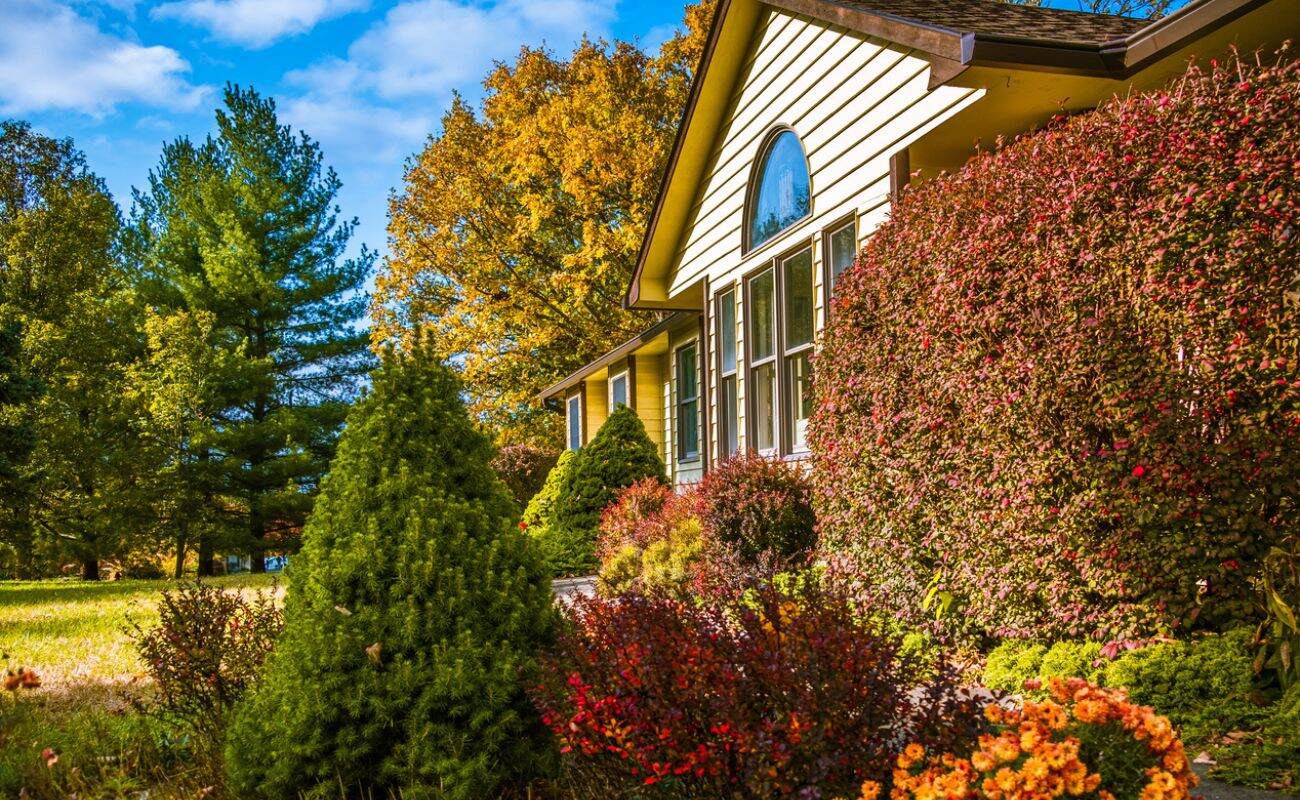

Garden Essentials
When Is The Best Time To Plant Landscaping
Modified: March 7, 2024
Discover the ideal time to add vibrant landscaping to your garden for maximum growth and beauty. Enhance your outdoor space with expert planting tips and techniques.
(Many of the links in this article redirect to a specific reviewed product. Your purchase of these products through affiliate links helps to generate commission for Storables.com, at no extra cost. Learn more)
Introduction
Landscaping is a beautiful and rewarding way to enhance the appearance and functionality of your home or property. From vibrant flowers and lush greenery to inviting walkways and serene garden spaces, landscaping can transform any outdoor area into a haven of tranquility and beauty.
When embarking on a landscaping project, one of the most important decisions you’ll need to make is when to plant. Timing is crucial, as it can greatly impact the success and growth of your plants. Understanding the best time to plant landscaping can help ensure that your efforts yield stunning results.
Factors such as climate, plant type, and maintenance requirements all play a role in determining the optimal planting time. By carefully considering these factors, you can create a thriving landscape that thrives throughout the seasons and brings you joy year after year.
In this article, we will explore the different factors to consider before planting and discuss the best times for landscaping depending on the season. Whether you’re a beginner gardener or have some experience under your belt, this guide will equip you with the knowledge you need to make informed decisions for your landscaping endeavors.
Key Takeaways:
- Choose spring for vibrant flowers and cool-season vegetables. The moist soil and ample sunlight create ideal conditions for strong root establishment and healthy growth.
- Consider fall for planting trees, shrubs, and cool-season vegetables. The cooler temperatures and consistent rainfall promote robust root development, setting the stage for a bountiful garden.
Read more: When Is Best Time To Plant Sunflower Seeds
Factors to Consider Before Planting
Before diving into the best times to plant your landscaping, it’s important to take into account several factors that can greatly influence the success of your plants. By considering these factors, you can ensure that your plants are well-prepared and have the best chance of thriving in their new environment.
1. Climate: Understanding your local climate is key when determining the best time to plant. Different plants have different temperature and moisture requirements, so it’s important to choose species that are well-suited to your region. Research the ideal temperature ranges for your chosen plants and consider whether your climate falls within those ranges.
2. Soil Conditions: Soil plays a vital role in the overall health and growth of your plants. Before planting, evaluate the quality of your soil. Consider factors such as pH level, drainage, and nutrient content. Some plants may require specific soil conditions to thrive, so it’s important to prepare your soil accordingly.
3. Plant Characteristics: Each plant has its own unique set of characteristics and requirements. Before planting, research the specific needs of your chosen plants. Consider factors such as sun exposure, water requirements, and spacing. This will help you determine the best time to plant and ensure that your plants have the necessary resources to flourish.
4. Maintenance: Some plants require more maintenance than others. Consider your availability and commitment to regular care when choosing the best time to plant. If you have a busy schedule, it may be wise to choose low-maintenance plants that can withstand periods of neglect.
By carefully considering these factors, you can narrow down the best time to plant your landscaping. Now, let’s explore the optimal planting times for each season to help you create a thriving landscape.
Spring Planting
Spring is often considered the prime planting season for many gardeners. The weather is warming up, the soil is thawing, and new growth is emerging all around. Spring planting offers several advantages that make it an ideal time to kickstart your landscaping endeavors.
One of the main benefits of spring planting is that the soil is often moist and easier to work with. This allows for better root establishment and nutrient absorption, leading to healthier and more resilient plants. Spring also provides ample sunlight, which is essential for photosynthesis and plant growth.
When it comes to specific plants and flowers, spring is the perfect time to plant annuals and perennials, as well as cool-season vegetables and herbs. Popular choices for spring planting include tulips, daffodils, pansies, lettuce, spinach, and radishes.
However, it’s important to keep in mind that spring weather can be unpredictable. Sudden frost or cold snaps can still occur, especially in early spring. To protect your plants from potential damage, consider using mulch or row covers. These protective measures can help insulate the soil and shield delicate plantings from temperature fluctuations.
Spring is also a great time to assess your existing landscaping and make any necessary adjustments. Prune trees and shrubs, clean up debris, and prepare your soil for new plantings. This will ensure that your landscape is in top shape and ready for the growing season.
Overall, spring planting offers an excellent opportunity to refresh your landscape and introduce new plants. Take advantage of the favorable weather conditions, and watch as your garden blooms and thrives throughout the season.
Summer Planting
Summer is a vibrant and lively season, and while it may not be the most popular time for planting, it still offers unique opportunities for landscaping enthusiasts. With the right considerations and care, you can successfully establish new plants and maintain the beauty of your outdoor space throughout the hot summer months.
One of the advantages of summer planting is the longer days and ample sunlight. This provides plants with the energy they need for rapid growth and development. However, it’s essential to choose heat-tolerant plants that can thrive in hot and dry conditions.
When selecting plants for summer planting, consider perennials and annuals that can withstand prolonged sun exposure and require less water. Some excellent choices include sunflowers, zinnias, marigolds, and lavender. These plants will not only add color and beauty to your garden but will also attract bees and butterflies, enhancing the overall ecosystem.
Watering becomes even more critical during the summer months. Plants may require more frequent and deep watering to combat the heat and prevent dehydration. It’s advisable to water early in the morning or late in the evening to minimize evaporation and ensure that the plants have enough time to absorb the moisture.
Proper mulching is another essential aspect of summer planting. Apply a layer of organic mulch around your plants to retain moisture, suppress weeds, and regulate soil temperature. This will help keep the roots cool and prevent excessive moisture loss due to evaporation.
Summer is also an excellent time to enjoy the fruits of your labor. Consider planting vegetables and herbs like tomatoes, peppers, cucumbers, and basil. These warm-season crops thrive in the summer heat and can provide you with a bountiful harvest.
While summer planting requires careful attention and consistent maintenance, it can result in a stunning and flourishing landscape. With the right plant selection, watering routine, and protective measures, you can create a vibrant outdoor oasis that stands up to the summer heat.
The best time to plant landscaping is in the early spring or fall when the weather is cooler and there is more moisture in the soil. This will give the plants time to establish their roots before the extreme heat of summer or the freezing temperatures of winter.
Fall Planting
Fall is often considered the second-best time for planting, right after spring. As the temperatures cool down and the days become shorter, this season offers a perfect opportunity to give your landscape a fresh start and prepare for the upcoming spring.
One of the major advantages of fall planting is that the soil is still warm from the summer, promoting healthy root development. Additionally, autumn often brings more consistent rainfall, reducing the need for manual watering. These favorable conditions allow plants to establish strong roots before winter arrives.
Fall is an ideal time to plant a variety of trees, shrubs, perennials, and cool-season vegetables. Trees and shrubs planted in the fall have a better chance of survival and can establish themselves before going dormant during the winter. Perennials, such as mums, sedum, and asters, can be planted in the fall to allow their roots to develop over the winter for a robust display the following spring.
Cool-season vegetables, like kale, carrots, beets, and radishes, thrive in the cooler temperatures of fall. Planting them in late summer or early fall allows them to mature in the milder weather, resulting in sweeter and more flavorful crops.
In addition to planting, fall is also an important time for maintenance tasks. Take the opportunity to remove any dead or dying plants, clean up debris, and trim back shrubs and perennials. This will not only improve the appearance of your landscape but also promote healthier growth in the following seasons.
It’s important to note that fall planting should be done several weeks before the first frost. This allows enough time for plants to establish roots and prepare for the winter dormancy. Be sure to monitor weather forecasts and plan accordingly.
Lastly, don’t forget about bulb planting in the fall! Spring-flowering bulbs, such as tulips, daffodils, and hyacinths, should be planted in the fall to give them enough time to develop roots and bloom in the spring.
Fall planting offers a unique opportunity to rejuvenate your landscape and set the foundation for a vibrant spring. Take advantage of the cooler temperatures, moist soil, and less demanding watering requirements to create a stunning and resilient garden.
Winter Planting
Winter planting may not be the first option that comes to mind when thinking about landscaping, but it can still yield successful results if done correctly. While the cold temperatures and dormant state of most plants during winter pose some challenges, there are certain species and strategies that can thrive during this season.
One popular option for winter planting is bare root plants. These are plants that are sold without soil around the roots and are typically dormant during the winter months. Bare root plants are often more affordable and easier to handle than potted plants. Common bare root options include fruit trees, roses, and certain perennials.
When planting in winter, it’s essential to choose hardy plant varieties that can withstand freezing temperatures. Look for plants that are adapted to your specific climate zone and can thrive in cold conditions. Additionally, consider using protective measures, such as mulching or covering plants with frost blankets, to shield them from harsh weather.
Winter is also an ideal time to focus on hardscape elements in your landscape. This can include constructing paths, patios, retaining walls, or installing outdoor lighting. These enhancements can be done regardless of the weather and will provide structure and functionality to your outdoor space.
While most plantings may be put on hold during winter, it’s still crucial to pay attention to maintenance tasks. Prune any dead or damaged branches, clean up fallen leaves and debris, and carefully monitor for any signs of disease or pests. Keeping your landscape tidy and healthy will ensure a successful transition into spring.
One often overlooked aspect of winter planting is indoor gardening. This can involve growing houseplants and herbs indoors, providing greenery and freshness during the colder months. Indoor gardening allows you to nurture your green thumb year-round and adds a touch of nature to your living spaces.
In summary, winter planting requires careful consideration and appropriate plant selection. While it may not be as active as other seasons, focusing on hardy plants, hardscape features, and indoor gardening can still contribute to the beauty and enjoyment of your landscape during the winter months.
Conclusion
Choosing the best time to plant landscaping is a crucial decision that can greatly impact the success and growth of your plants. By considering factors such as climate, soil conditions, plant characteristics, and maintenance requirements, you can make informed choices and create a thriving landscape that brings joy throughout the seasons.
Spring planting provides a fantastic opportunity to kickstart your landscaping endeavors. With moist soil and ample sunlight, plants can establish strong roots and flourish in the warmer weather. Annuals, perennials, and cool-season vegetables are excellent choices for spring plantings, infusing your landscape with vibrant colors and delicious crops.
While summer planting may require some extra care and attention due to the heat, it offers a chance to work with heat-tolerant plants and enjoy the beauty of the outdoors during the hottest months. Selecting plants that can withstand the sun’s rays and implementing proper watering and mulching techniques can result in a stunning summer landscape.
Fall planting is often considered the second-best time after spring. The cooler temperatures and moist soil create ideal conditions for root development. Planting trees, shrubs, perennials, and cool-season vegetables in the fall sets the foundation for a bountiful garden in the coming seasons.
Even winter, with its cold temperatures and dormant state, can accommodate certain plantings. Choosing hardy species and focusing on hardscape elements or indoor gardening can make the most of the winter months and keep your landscape thriving.
By understanding the best times to plant landscaping and considering the unique requirements of different seasons, you can create a landscape that flourishes year-round. Remember to research specific plant needs, monitor weather conditions, and adapt your maintenance practices accordingly.
So, whether you’re planting in the vibrant spring, the hot summer, the crisp fall, or even the dormant winter, each season has its own advantages and possibilities. Embrace the beauty of nature and let your landscaping dreams come to life in the perfect timing for each season.
Frequently Asked Questions about When Is The Best Time To Plant Landscaping
Was this page helpful?
At Storables.com, we guarantee accurate and reliable information. Our content, validated by Expert Board Contributors, is crafted following stringent Editorial Policies. We're committed to providing you with well-researched, expert-backed insights for all your informational needs.
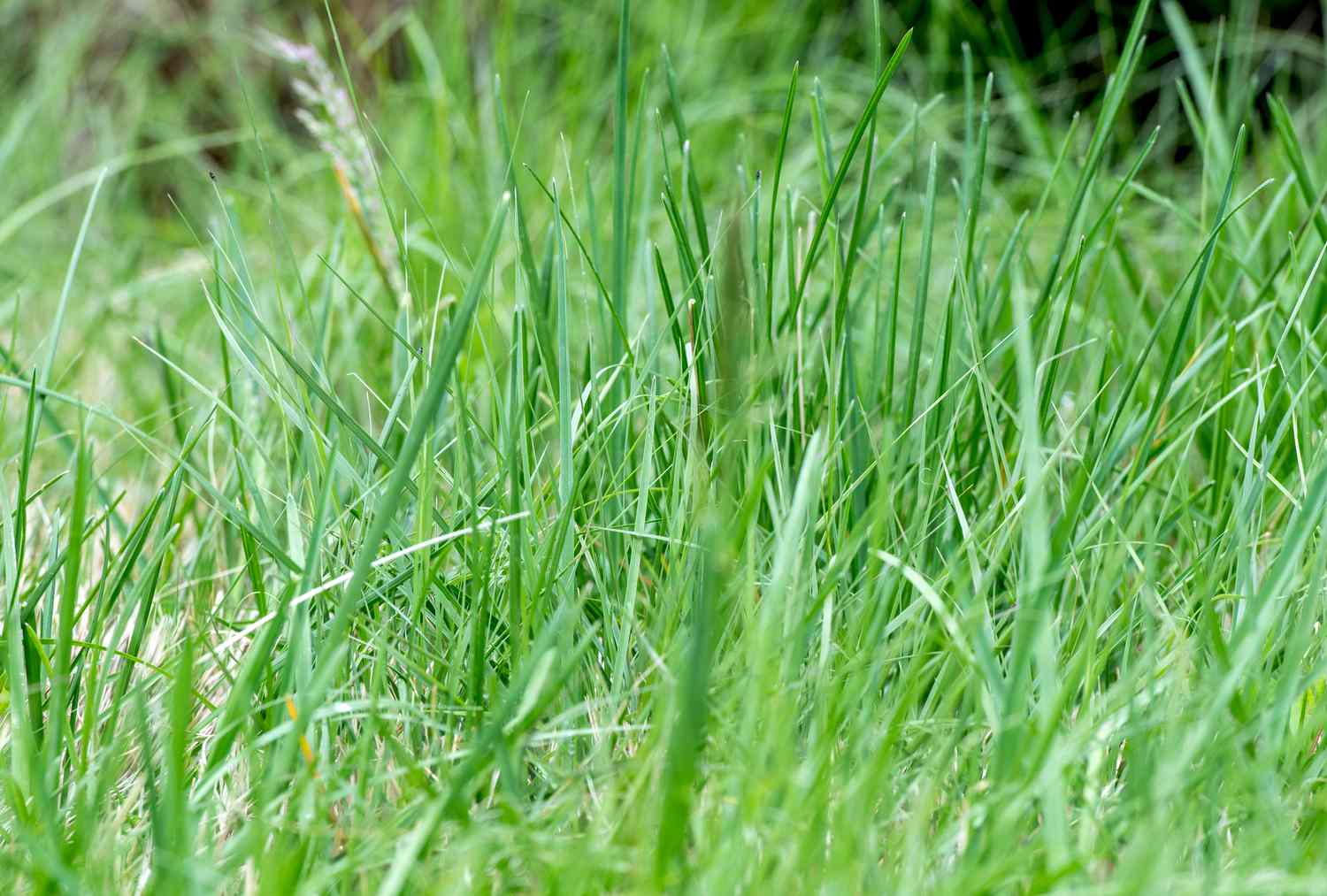
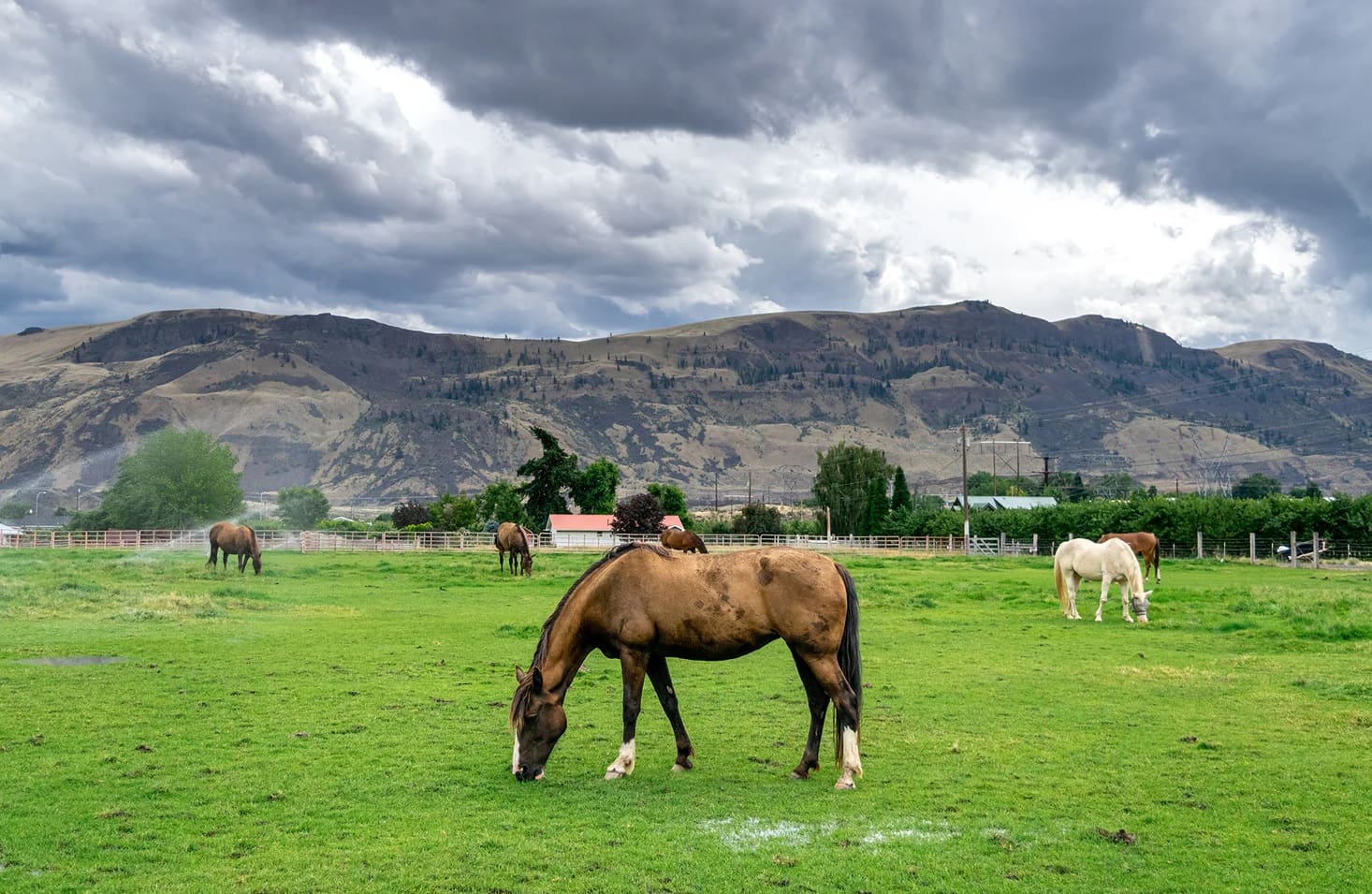
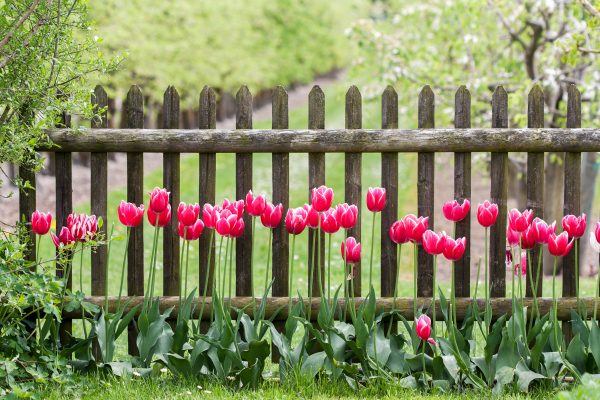
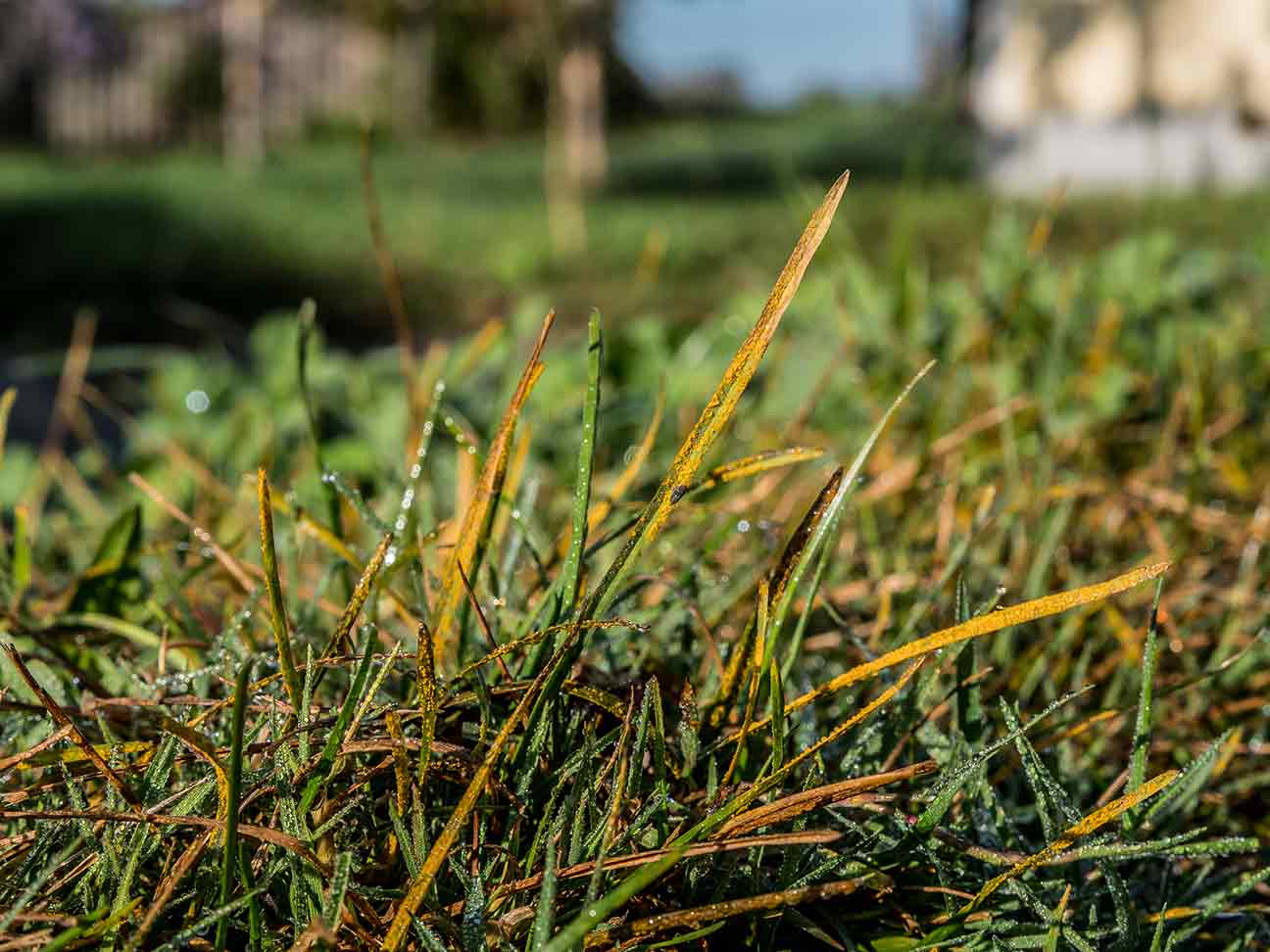
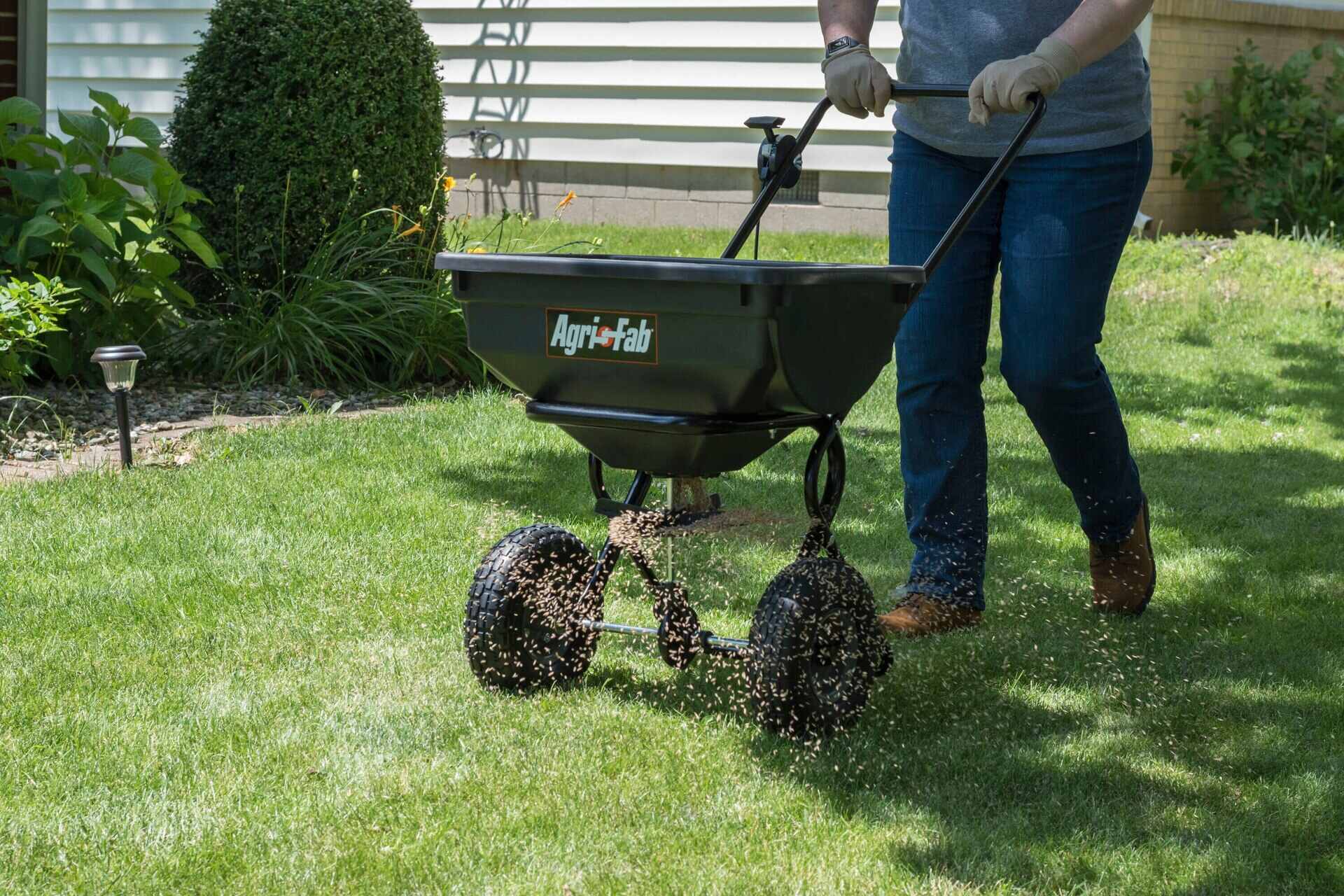
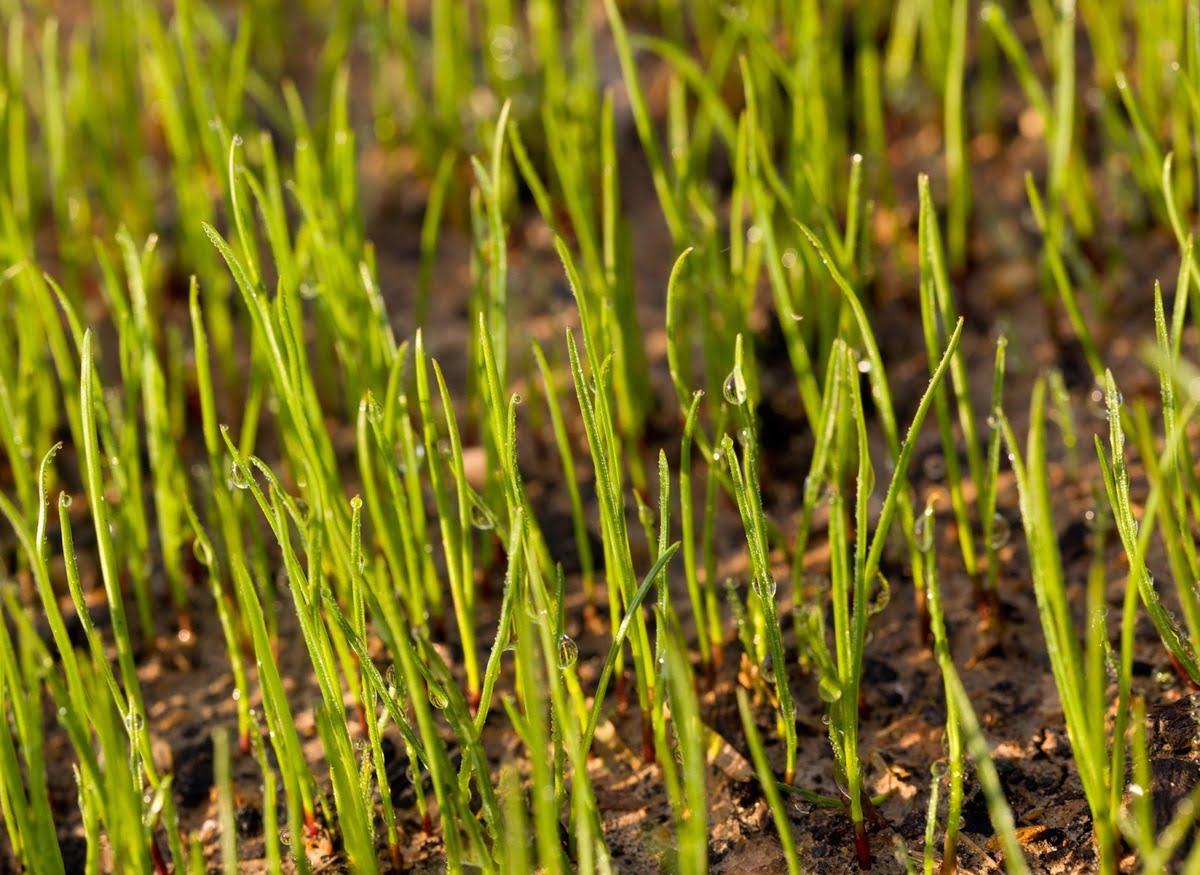
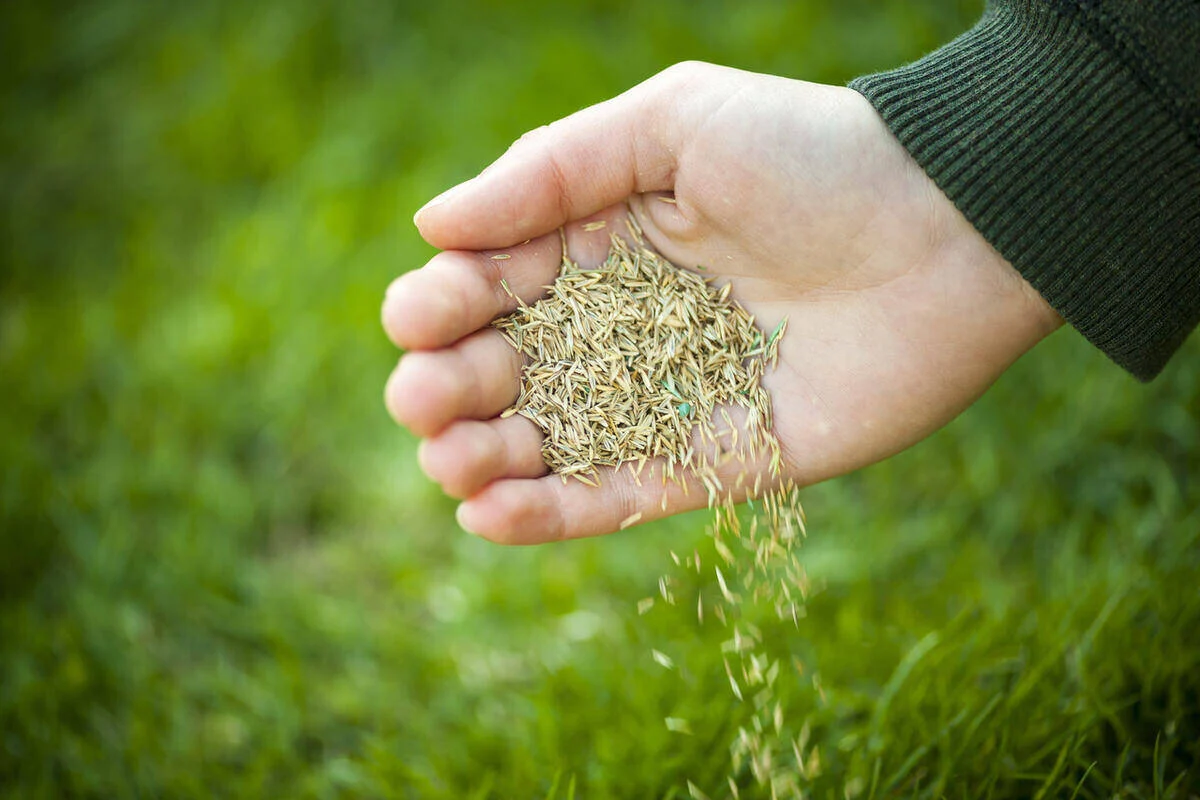
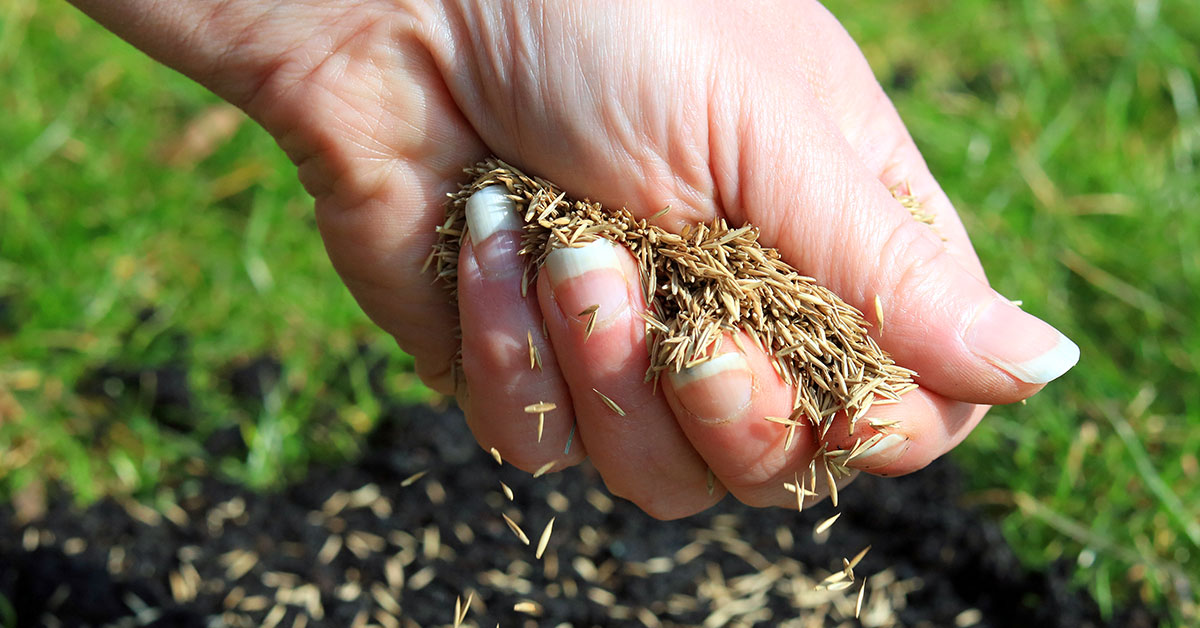
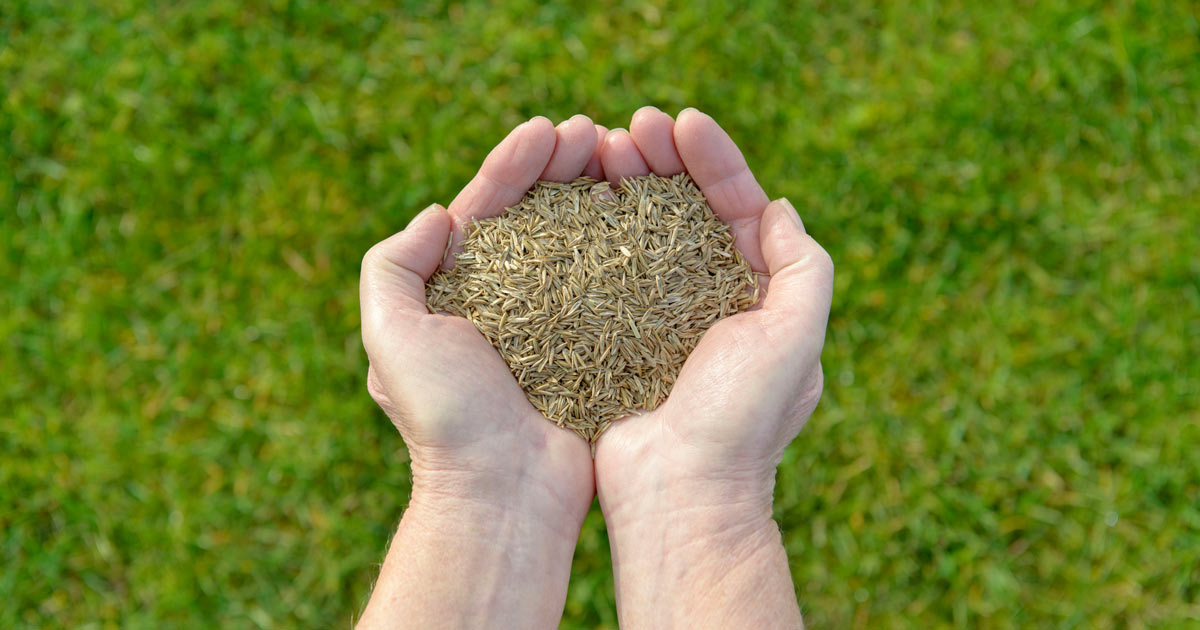
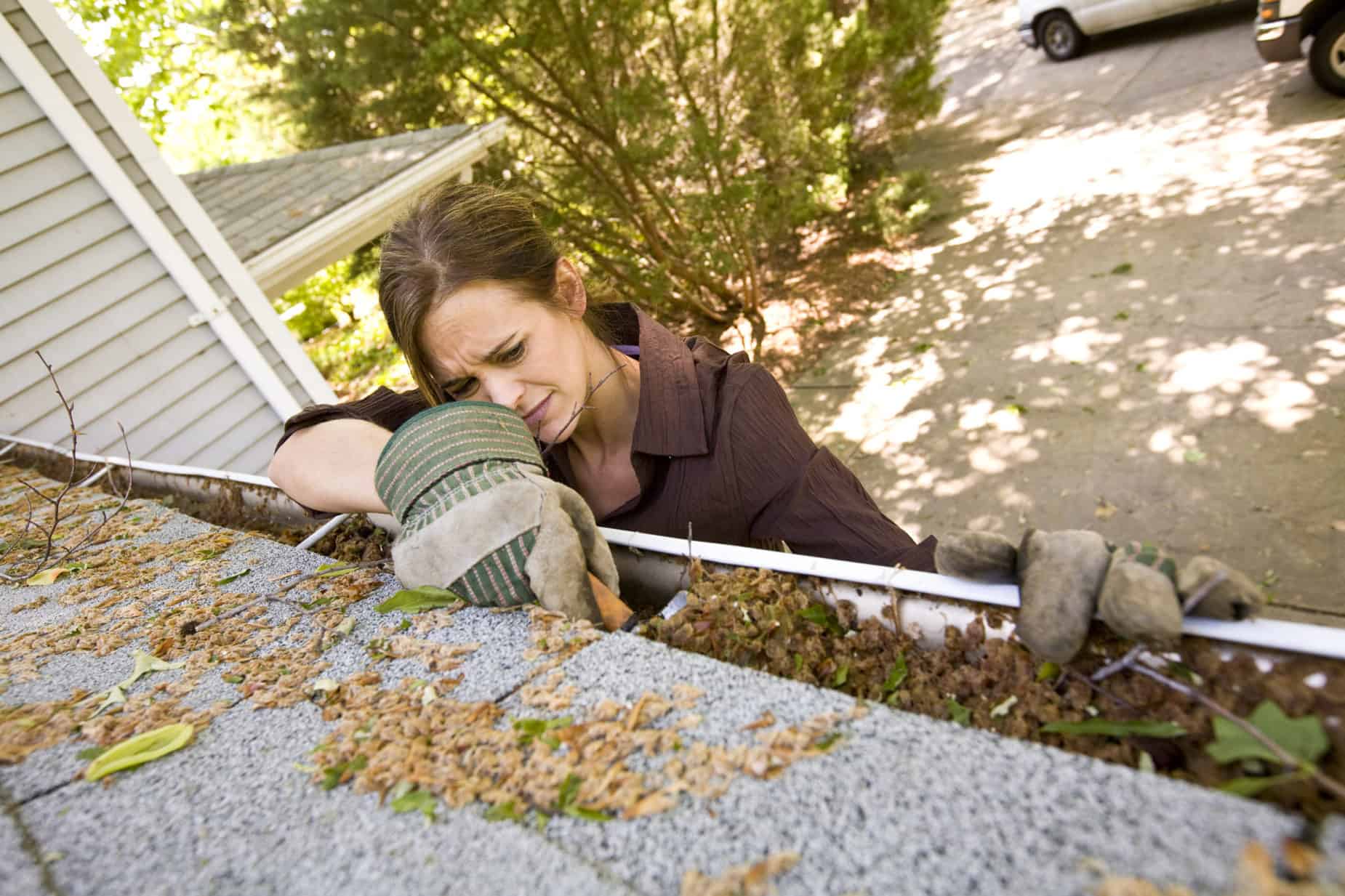
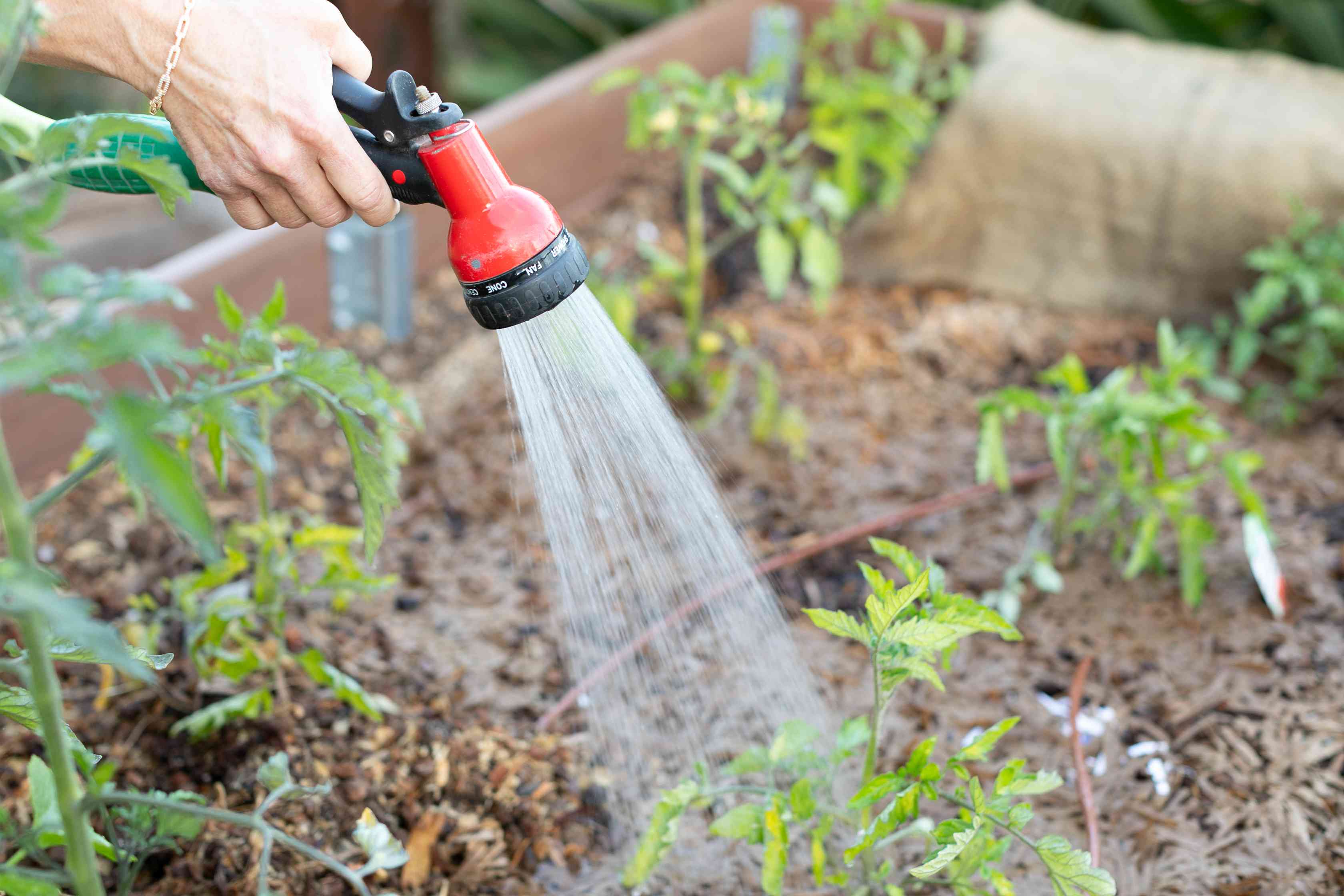

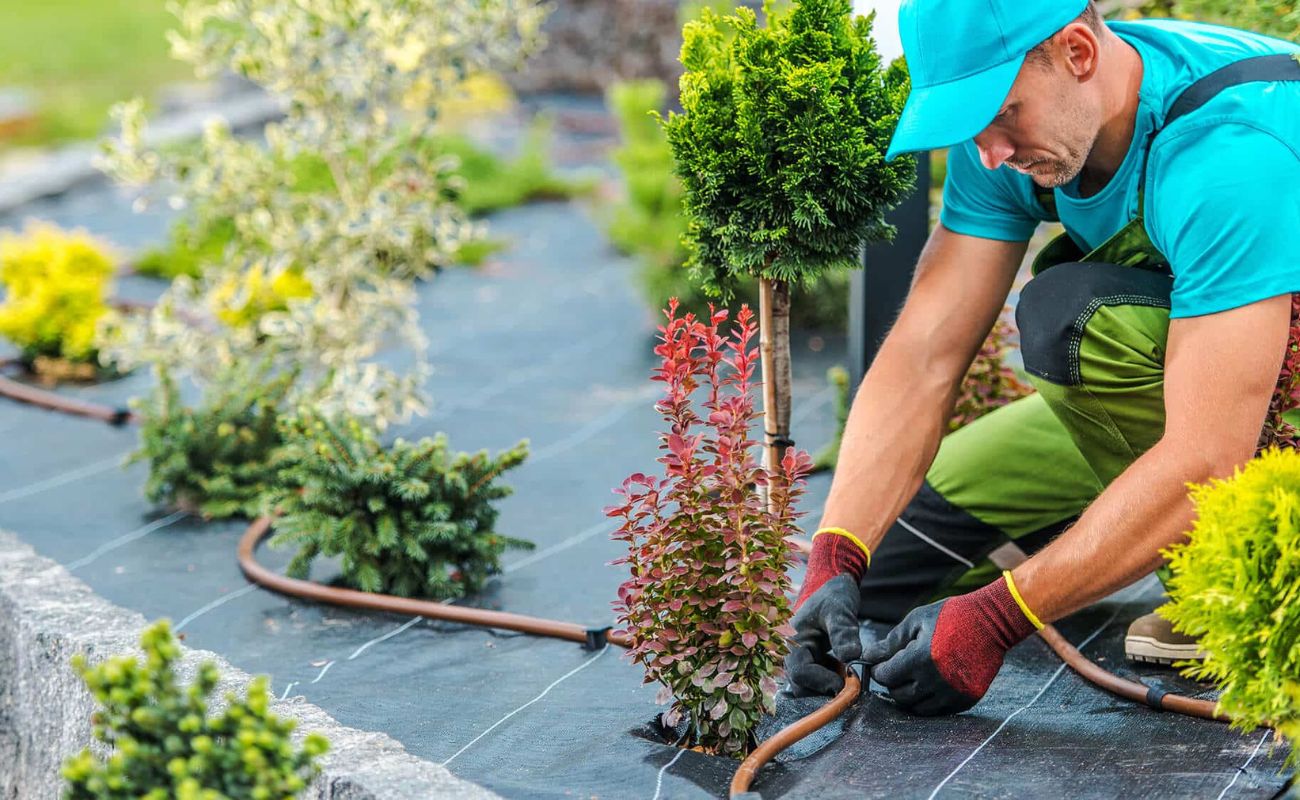


0 thoughts on “When Is The Best Time To Plant Landscaping”